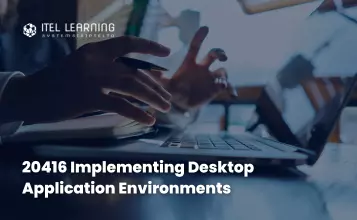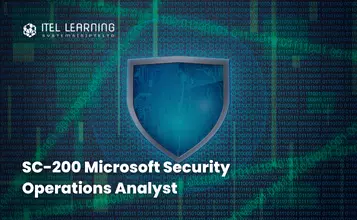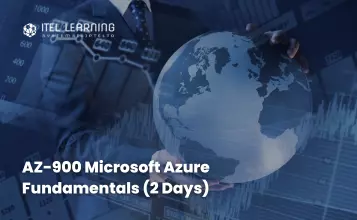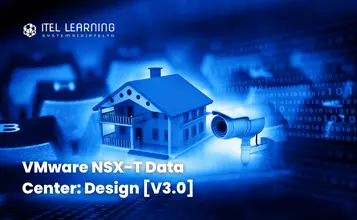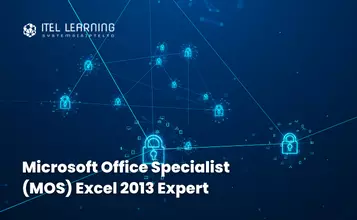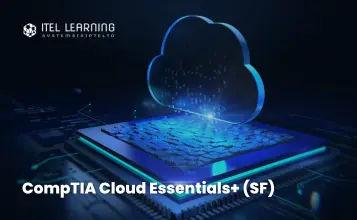Overview
In this 5-day course, build the skills you need to design, deploy, and manage a physical and virtual Windows Server 2012 application management infrastructure, and focus on using Microsoft System Center 2012 Service Pack 1 (SP1). You will also learn to design, deploy, and manage Windows 8 Enterprise applications in a physical and virtual environment in the cloud. This course is designed for experienced IT professionals who support medium to large enterprises, have previous experience working with operating systems running Windows Server, have their Windows 2012 Server certification (MCSA), and have taken course 20413: Designing and Implementing a Server Infrastructure or have equivalent skills. Note: This course maps to the skills and knowledge measured by Microsoft Exam 70-416: Implementing Desktop Application Environments.
Prerequisites
Participants who wish to take up this course should have experience administering Windows Server in an environment that typically has the following characteristics:
- 2,500 to 50,000 or more users
- Multiple physical locations and multiple domain controllers
- Network services and resources such as messaging, databases, file and print, firewalls, Internet access, an intranet, and client computer management.
Participants should have:
- Experience supporting Windows 8 client desktops and deploying and managing applications, both physical and virtual
- An MCSA and 20415 or equivalent knowledge
In addition to their professional experience, participants who attend this training should already have the following technical knowledge and should:
- Have a solid understanding of TCP/IP and networking concepts
- Have a solid understanding of Windows and Active Directory Domain Services (AD DS), for example, domain user accounts, domain vs. local user accounts, user profiles, and group membership
- Understand how to use scripts and batch files
- Have a solid understanding of security concepts such as authentication and authorization
- Be able to perform a clean installation of Windows 8, upgrade to Windows 8, and migrate user-related data and settings from Windows XP
- Be able to configure disks, partitions, volumes, device drivers to enable Windows 8 to function as desired
- Be able to configure and troubleshoot permissions and other settings to allow access to resources and applications on Windows 8 systems
- Be able to configure and troubleshoot a wireless network connection
- Be able to configure mobile computers and devices
- Understand the client administration capabilities of Windows Server and be familiar with Management tools such as the Microsoft System Center suite of products
- Understand the concepts of deployment, packaging, and imaging
- Have a familiarity with SQL Server concepts
Participants who attend this training can meet the prerequisites by attending the following courses, or obtaining equivalent knowledge and skills.
Who Should Attend?
This course is recommended for Information Technology professionals who are interested in specializing in Windows 8 application deployments and managing the application environments for large organizations. People attending this course could be support technicians or currently in deployment roles and are considering taking the next step in their career or enhancing their skills in the areas of planning and deploying Windows 8 desktops.
This course is also recommended for IT professionals who are looking to take one or both exams: 70-415: Implementing an Enterprise Desktop and Device Infrastructure and 70-416: Implementing Desktop Application Environments as a stand-alone, or as part of the requirement for the MCSE: Desktop Infrastructure certification.
Course Outline
- Developing an Application Lifecycle Strategy
- Determining Business Requirements for Application Distribution
- Overview of Application Distribution Strategies
Lab: Designing an Application Deployment Strategy
- Diagnosing Application Compatibility Issues
- Evaluating and Implementing Remediation Solutions
- Resolving Compatibility Issues by Using ACT
Lab: Diagnosing and Remediating Application Compatibility
- Deploying Software by Using Group Policy
- Sideloading Windows Store Apps
- Deploying Applications by Using Windows Intune
Lab: Centralizing Application Deployment by Using Group Policy and Windows Intune
- Understanding Application Deployment by Using Configuration Manager 2012
- Deploying Applications by Using Configuration Manager 2012
Lab: Deploying Applications by Using Configuration Manager 2012
- Understanding Self-Service Application Deployment
- Configuring Self-Service with Windows Intune
- Self-Service Deployment by Using System Center 2012 Configuration Manager SP1
- Self-Service Deployment with Service Manager and Orchestrator
Lab: Configuring Self-Service Application Deployment
- Assessing Presentation Virtualization Requirements
- Planning Presentation Virtualization Infrastructure
- Deploying Presentation Virtualization Infrastructure
- Extending the Presentation Virtualization Infrastructure
Lab: Deploying and Implementing Presentation Virtualization Infrastructure
- Determining Presentation Virtualization Application Strategies
- Planning and Deploying Remote Desktop, RemoteApp and Remote Desktop Web Access
Lab: Configuring Applications for Presentation Virtualization
- Overview of Application Virtualization Models
- Deploying Application Virtualization Infrastructure Components
- Configuring Application Virtualization Client Support
Lab: Planning and Deploying Application Virtualization Infrastructure
- Sequencing Applications with App-V
- Deploying App-V Applications
Lab: Preparing, Sequencing, and Deploying Virtual Applications
- Planning Application Updates
- Deploying Updates by Using WSUS
- Deploying Application Updates by Using System Center 2012 Configuration Manager SP1
- Implementing Application Security
Lab: Preparing and Deploying Application Updates
- Overview of Application Upgrades
- Overview of Application Concurrency
Lab: Upgrading Applications
- Planning Application Monitoring
- Planning Software Inventory and Metering
- Monitoring Application Resource Utilization
Lab: Monitoring Application Deployment, Utilization, and Performance
